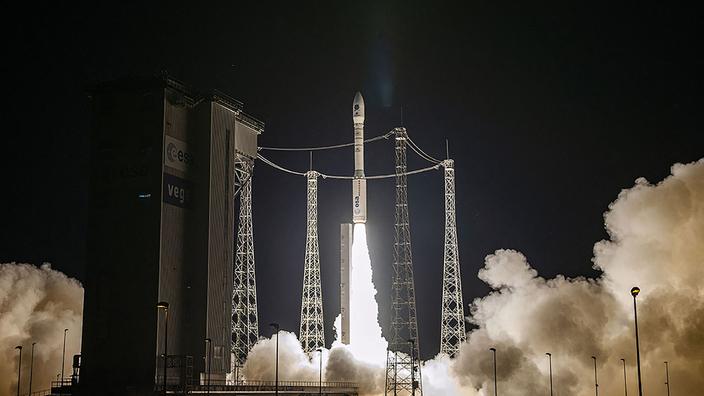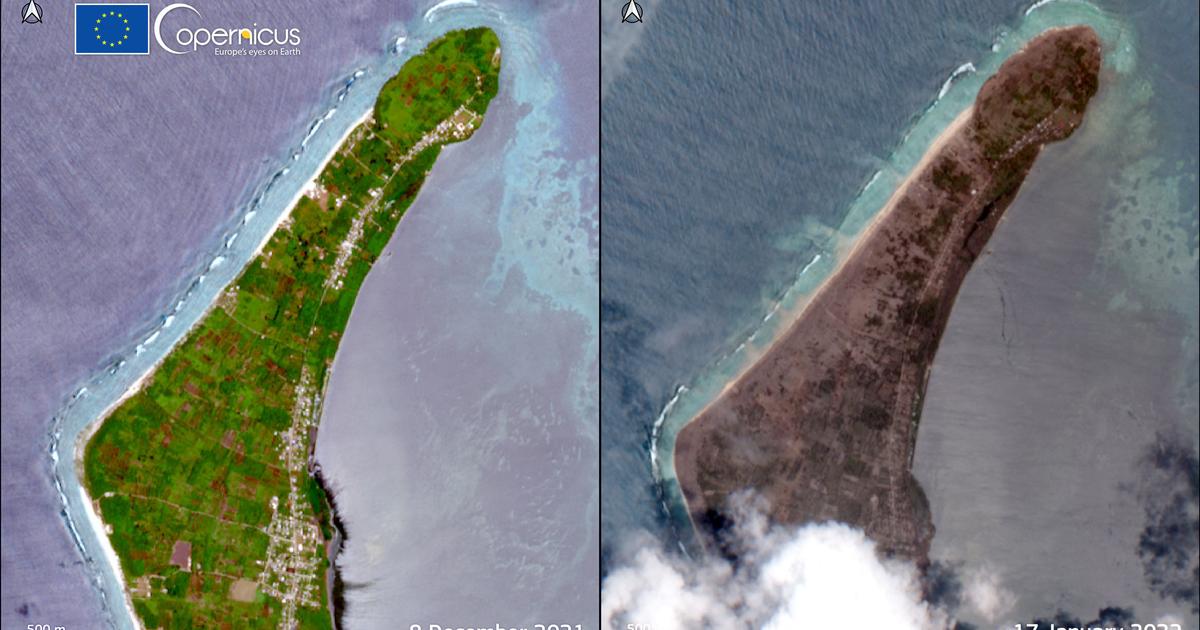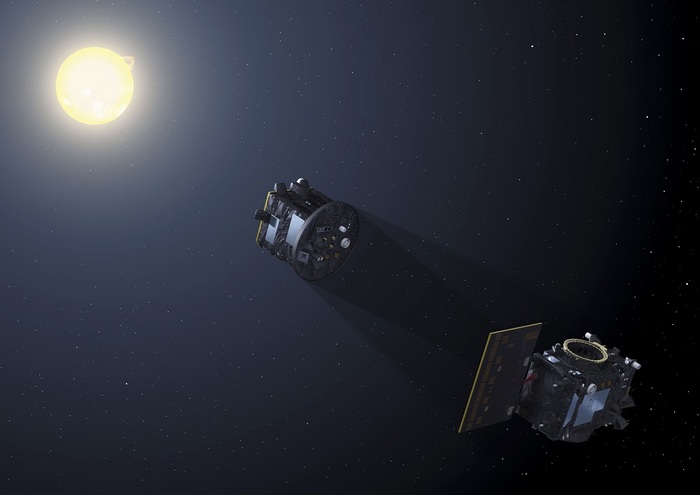The European Vega rocket, which had lost two satellites in the fall of 2021, took off on the night of Wednesday April 28 to Thursday April 29 from Kourou, Guyana, with Earth observation satellites on board.
The shooting took place at 10:50 p.m. local time (3:50 a.m. Paris time).
The duration of the mission is 1 hour and 42 minutes.
To read also: New failure of the European rocket Vega: the manufacture in question
This launch comes six months after the failure of a Vega flight from the Kourou space center. The rocket ran aground in the sea on November 17, 2020, shortly after takeoff, with a Spanish optical imaging satellite, SEOSAT-Ingenio, and the French Taranis satellite, the first scientific instrument for observing the face, on board. hidden from thunderstorms. The failure of the November mission was due to a manufacturing problem during the integration of the fourth stage of the rocket, manufactured by Avio in Italy. The wiring error was not detected by the controls.
For this firing from April 28 to 29, Vega is taking Pléiades Neo 3, the first very high resolution satellite of the new Earth observation constellation (four satellites) operated by Airbus.
The takeoff weight of this satellite is 920 kg.
Thanks to its “shared launch” service, SSMS, which enables affordable missions, Vega also carries five light satellites.
Norsat-3, an observation microsatellite for the benefit of the Norwegian space agency, and four cubesats, for the operators Eutelsat, NanoAvionics / Aurora Insight and Spire.
All charges will be placed in sun-synchronous orbit (between 613 and 628 km altitude).
Read also: Vega, the small European rocket, continues to grow
With a lifespan of ten years, the Pléiades Neo constellation will offer increased geolocation capacity and great “reactivity” according to Arianespace, for Earth observation, as during natural disasters. NorSat-3 will carry an experimental navigation radar detector to increase the detection capabilities of ships. This is the third launch of the year from the Kourou space center. This is the 18th shot from a Vega.







/cloudfront-eu-central-1.images.arcpublishing.com/prisa/XY3C6N54G4B3XBPGV7YLE3AUKM.jpg)

